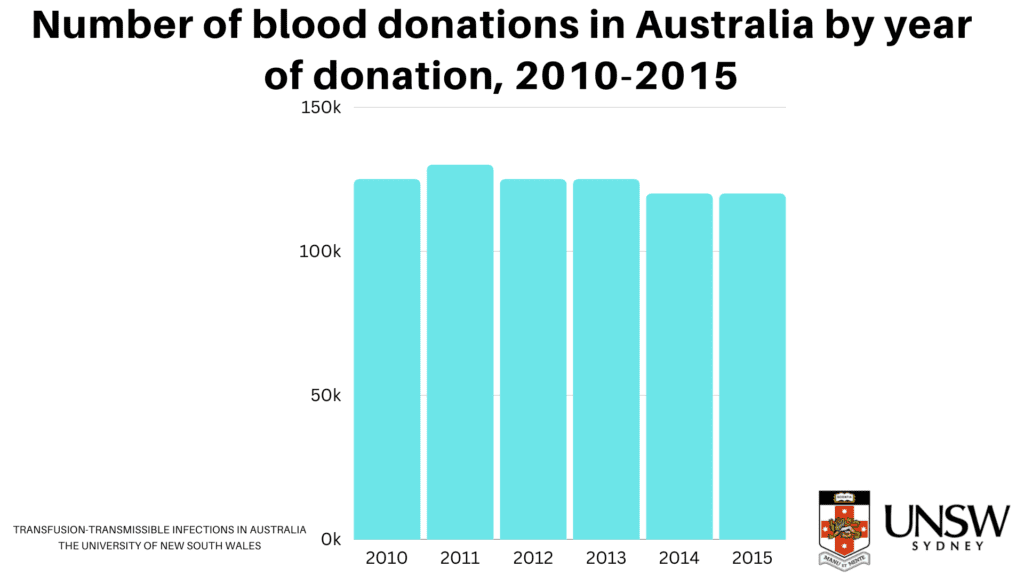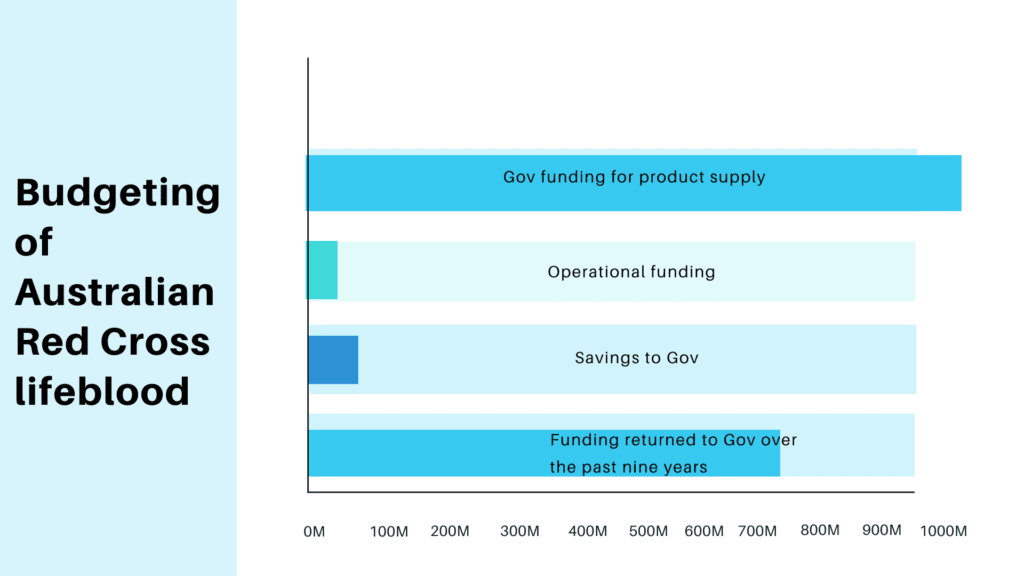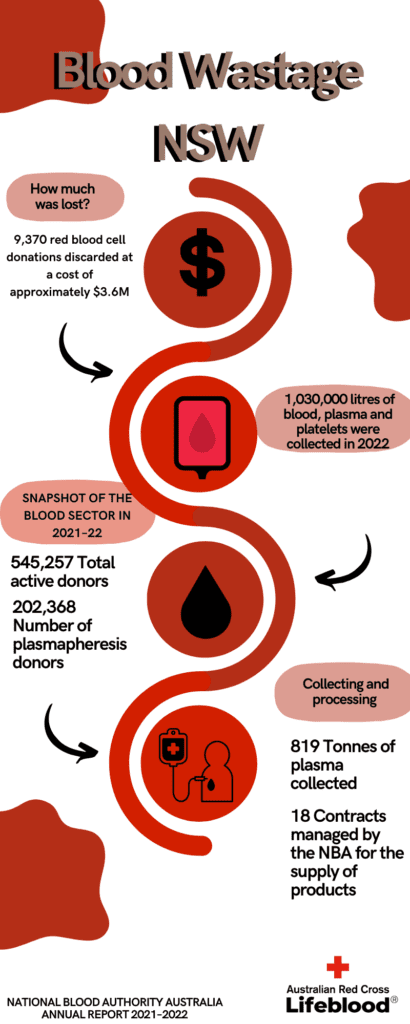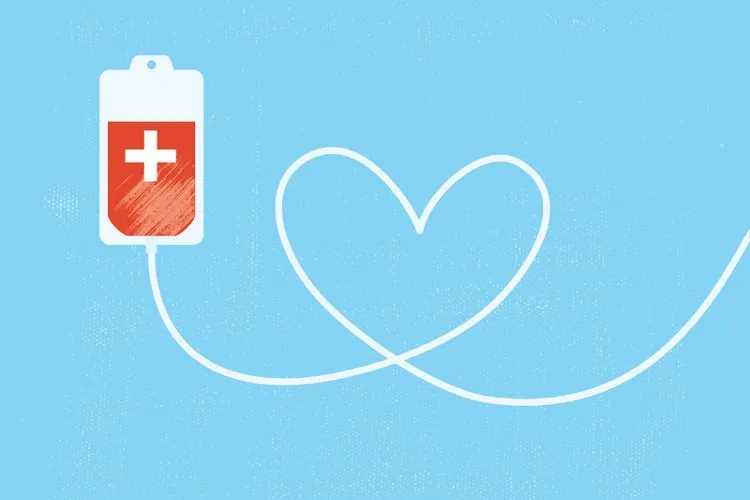Wollongong’s Red Cross Lifeblood is celebrating 60 years since their first blood bank was established in 1963.
The Illawarra-based organisation began with 1000 donors, saving 3000 lives each year.
Fast forward six decades, the blood bank now receives almost double its donations, with 5200 donors, helping to save around 50,000 lives annually.
As donation numbers continue to rise within the region, the demand for blood has also skyrocketed.

SOURCE: TRANSFUSION-TRANSMISSIBLE INFECTIONS IN AUSTRALIA – UNSW
O-negative blood type is considered to be the most valuable donation, as its red blood cells can be received by anyone, regardless of unique blood type.
According to the Australian Red Cross’ Lifeblood service, there is currently only 1.5 days supply of what is referred to as the “universal blood type” nationally.
The supply of all other blood types is also low, at 1.9 days, with red blood cells able to be stored for up to 42 days after donation.
An Annual Report published by the National Blood Authority (NBA) Australia states in the 2021-22 financial year, more than 9000 red blood cell donations were discarded, costing approximately $3.6 million dollars — an eighth of the wastage in 2014-15.
Australian Red Cross Lifeblood is responsible for all blood collections, under a contract with the National Blood Authority.
The bank receives $1468 million-dollars of government funding for product supplies with blood and blood products provided to donors free of charge.
In the same report published by the National Blood Authority, operational fundings were found to rise to $9.8 million-dollars with government savings at $25.9 million-dollars.
$712.2 million-dollars was returned to the government over the past nine years.

SOURCE: NBA ANNUAL REPORT 2021–22
Cancelled appointments due to isolation rules during the 2020 and 2021 lockdowns reportedly affected NSW supplies.
However, while the pandemic has driven the need for more donors, other factors have seen Australia’s blood supply of O-negative drop in recent years.
A Lifeblood analysis of data from 1.3 million hospital patients and more than half a million donors published in March 2022 found the proportion of Australians with O-negative blood had dropped to 6.5 per cent.
Meanwhile, donor data estimated the proportion was nine per cent during the 1990s.
The shift has also been attributed to immigration patterns, where the proportion of Australians with B and AB positive blood — the most common types in India and China — has gone up in recent years, but O-negative blood continues to make up 16 per cent of hospital orders in Australia due to its emergency use.
In order to improve Australia’s blood supply, longer term strategies are being explored.
Since 2013, the National Blood Authority has focused on reducing wastage of donations due to expiry through better cataloguing processes.
In early 2022, Lifeblood asked the Therepeutic Goods Administration to lift a ban on donors who lived in Great Britain during the mad cow epidemic, potentially allowing thousands more people to donate.
The decision was finalised in July 2022 to allow UK residents between 1980 and 1996 to donate blood in Australia, with more than 21,000 people signing up to become blood and plasma donors since the lifting of the initial donation ban.


